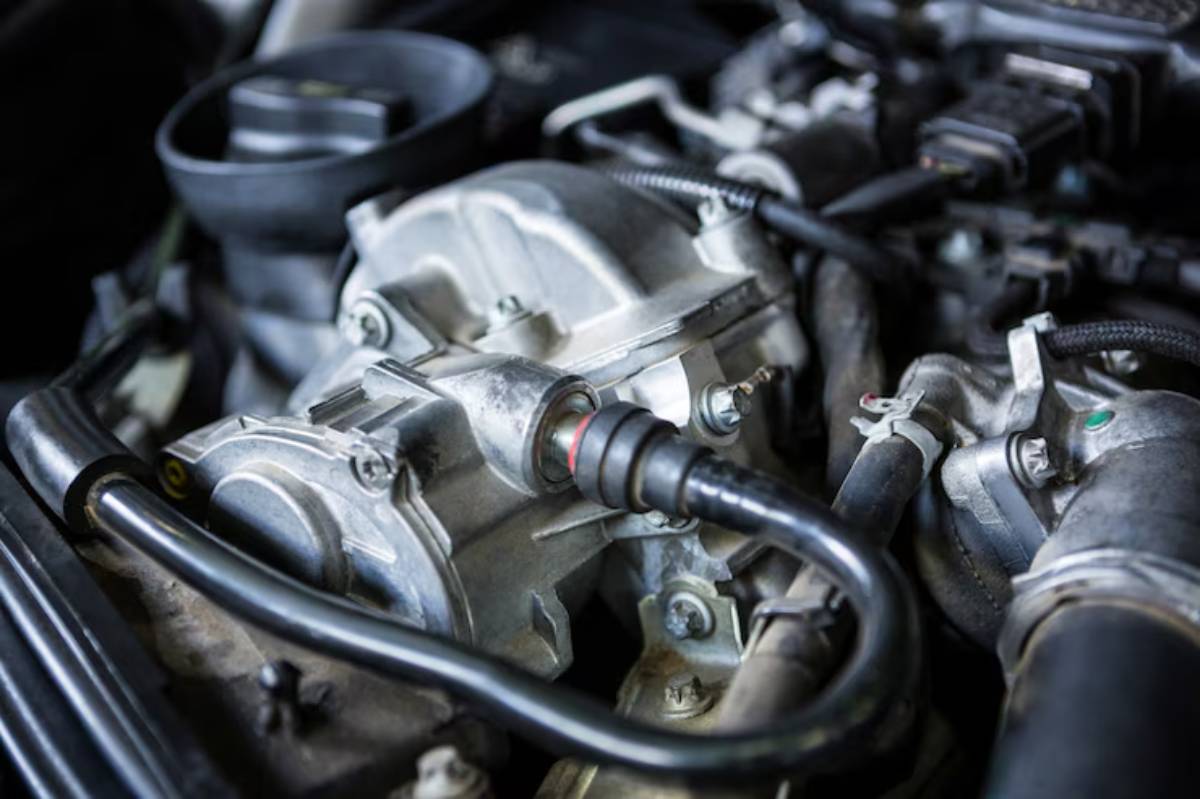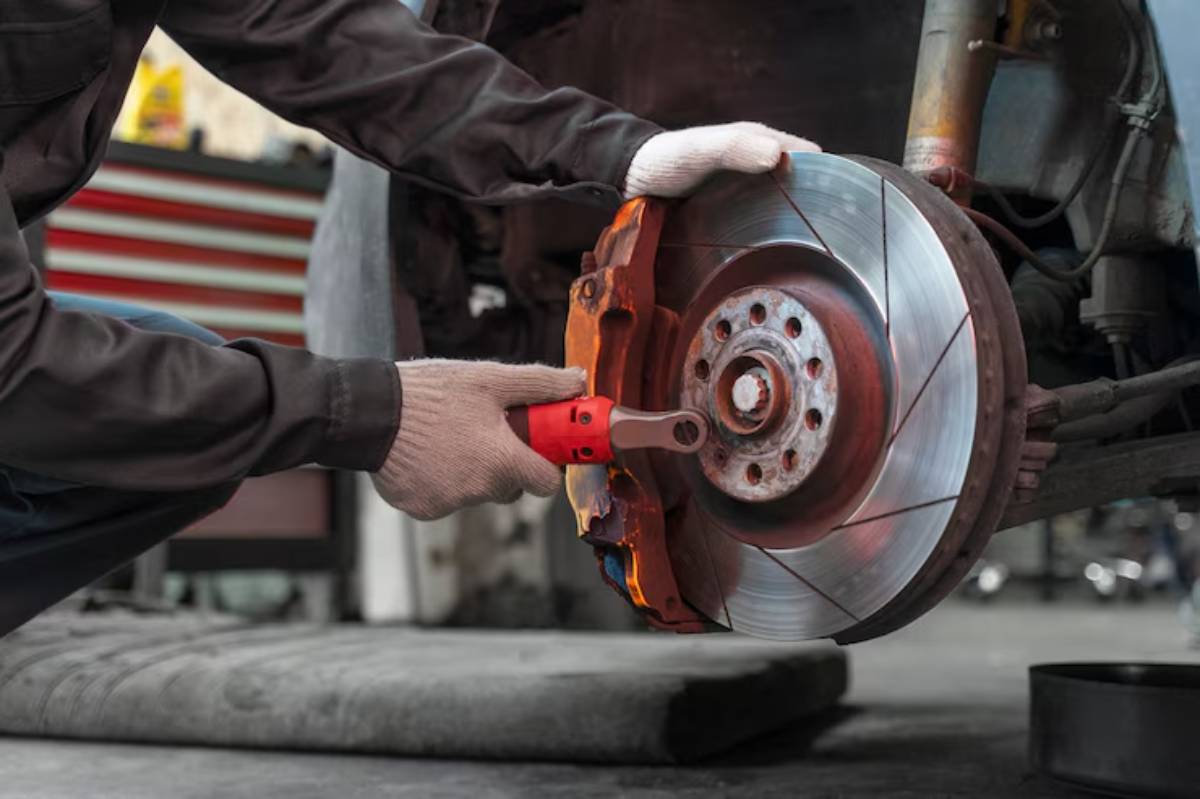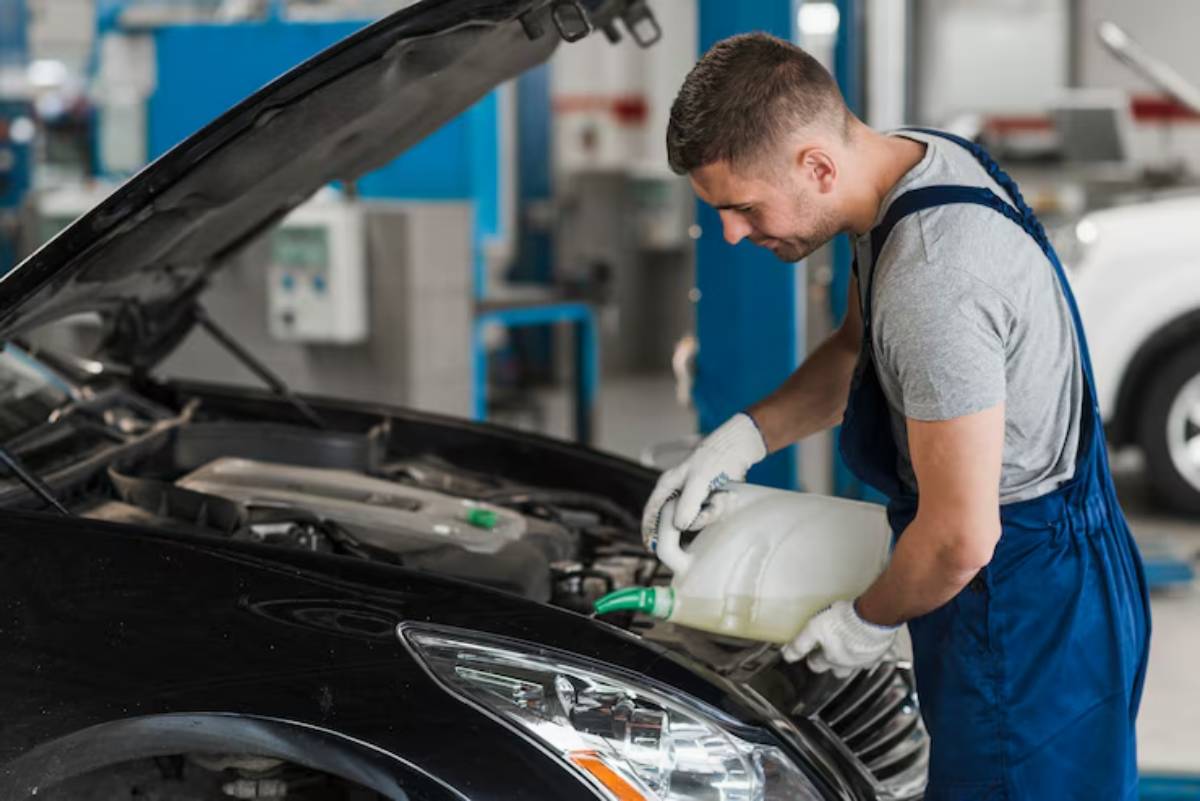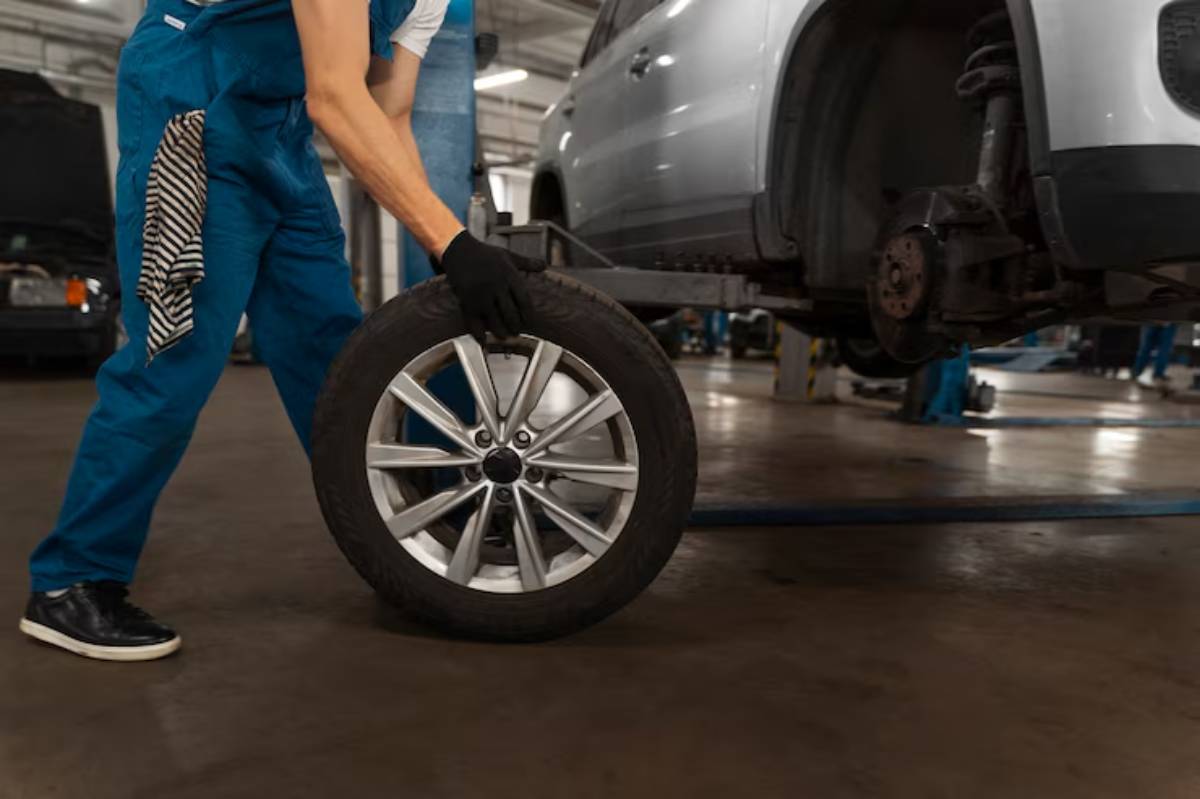
How Alignment Affects Hybrid Performance
Most hybrid car owners focus on batteries, fuel efficiency, and electric motor maintenance. But there’s a crucial component that often gets overlooked: wheel alignment. It’s not flashy, but it directly impacts your car’s performance, safety, and efficiency.
If your wheels are misaligned, you’re not just risking uneven tyre wear — you’re also forcing your hybrid to work harder than necessary. That means more energy usage, reduced mileage, and potentially expensive repairs down the line.
In this article, you’ll learn:
- How wheel alignment works
- Why it’s particularly important in hybrid vehicles
- Practical hybrid alignment tips you can follow
- Warning signs and when to seek professional help
Let’s dive in and get your wheels — and your hybrid — perfectly aligned.
What Is Wheel Alignment?
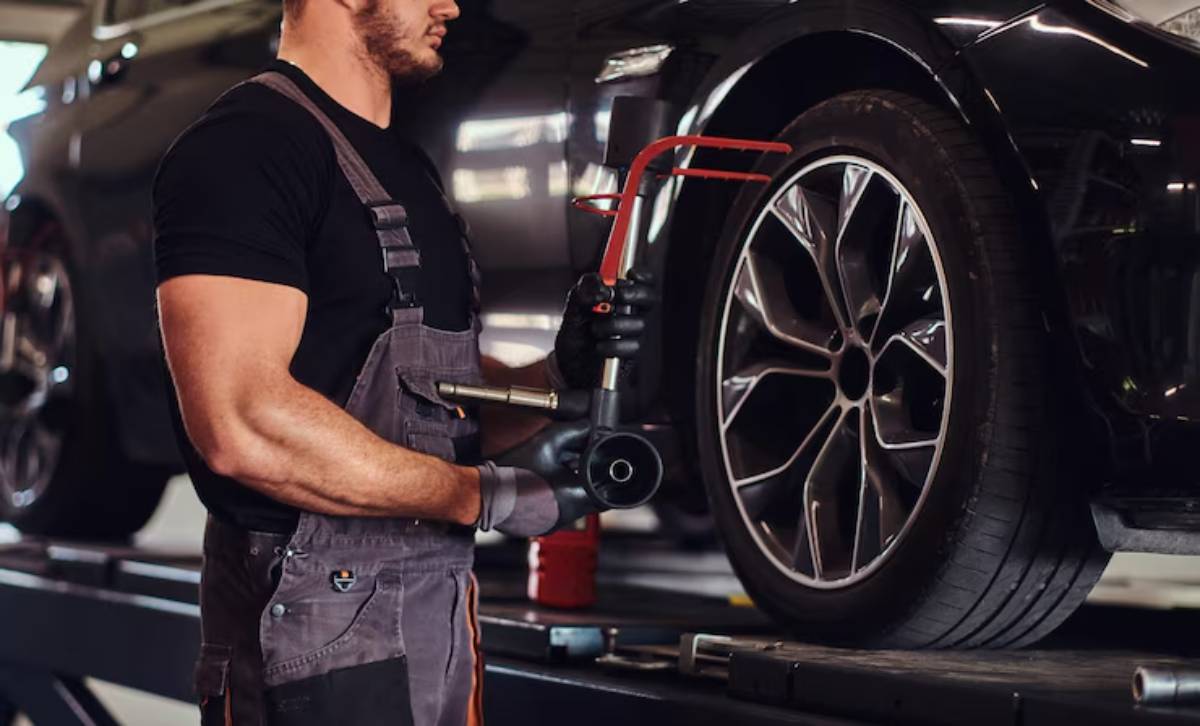
Wheel alignment is the process of adjusting your vehicle’s suspension system — the parts that connect your car to its wheels. Contrary to the name, it’s not about adjusting the wheels themselves but rather how they sit in relation to the road and your vehicle’s frame.
There are three primary alignment angles to consider:
1. Camber
- Definition: The inward or outward tilt of the tyre when viewed from the front of the car.
- Effect: Too much tilt can cause uneven wear on either the inner or outer edges of the tyres.
2. Toe
- Definition: The angle your tyres point inwards or outwards when viewed from above.
- Effect: Incorrect toe settings can lead to feathered tyre wear and poor handling.
3. Caster
- Definition: The angle of your steering axis when viewed from the side.
- Effect: Impacts steering stability, cornering, and return-to-centre feel.
When all three angles are correctly set, your car drives straight, tyres wear evenly, and fuel efficiency is maximised.
Why Alignment Is Especially Important for Hybrid Vehicles
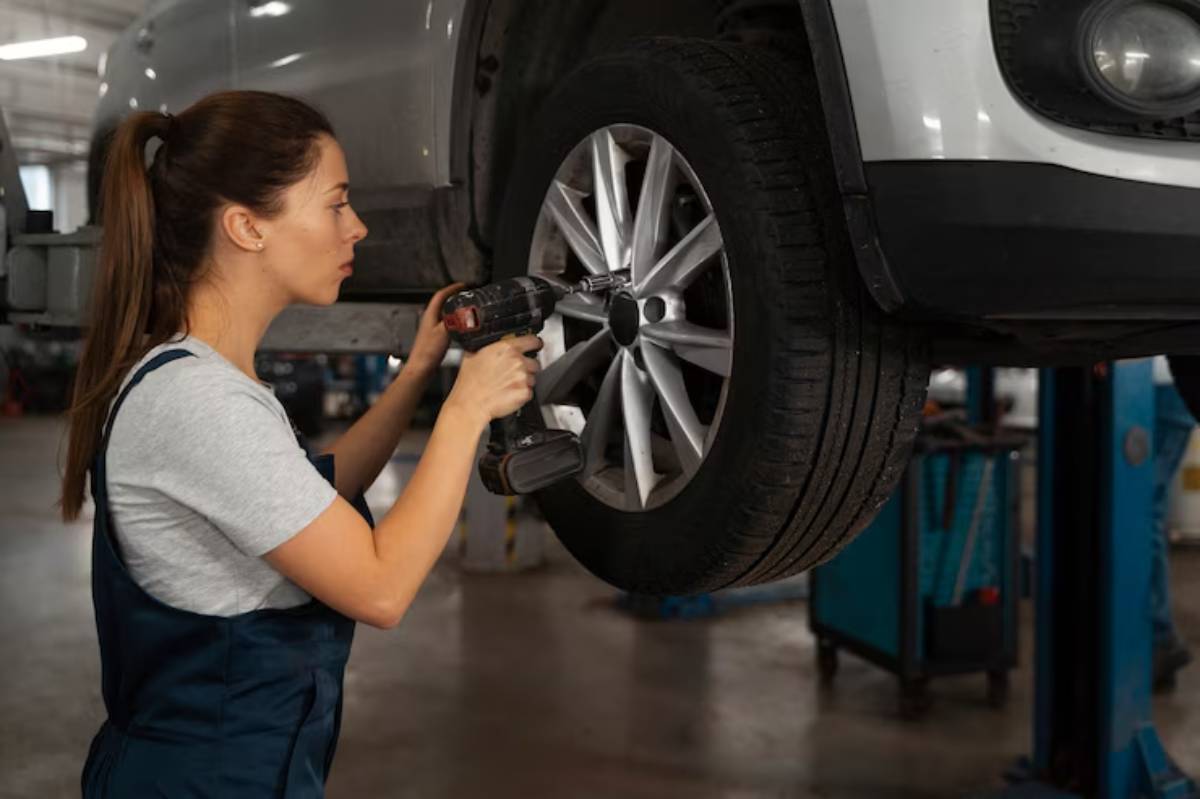
Hybrids are engineered for precision, balance, and energy efficiency. Misalignment in a hybrid does more than just cause premature tyre wear — it can disrupt the very systems designed to save you fuel.
Here’s why proper alignment matters even more in hybrids:
- Low rolling resistance tyres: These specialised tyres are meant to glide efficiently, but misalignment causes drag and defeats their purpose.
- Regenerative braking systems: A misaligned vehicle can strain the braking system, reducing energy recovery efficiency.
- Extra weight from battery packs: Hybrids are heavier than standard cars. Misalignment can place more stress on suspension and tyre components.
In short, even minor alignment issues in hybrids can cause noticeable dips in performance and efficiency.
The Effects of Poor Alignment on Hybrid Performance
1. Reduced Fuel Economy
When your wheels aren’t aligned, they drag slightly sideways rather than rolling forward freely. This increases rolling resistance, forcing your hybrid’s engine and electric motor to use more energy.
Estimated loss: According to the U.S. Department of Energy, a misaligned car can reduce fuel efficiency by up to 10%.
2. Uneven and Rapid Tyre Wear
Misalignment leads to faster wear on certain areas of the tyre, shortening their lifespan and increasing costs.
Tip: Always inspect for wear on just the inner or outer edge of the tyre — it’s a tell-tale sign of alignment trouble.
3. Poor Handling and Safety Concerns
- Your car may pull to one side
- The steering wheel might feel off-centre
- You might notice vibration in the steering column
These not only reduce driving comfort but also affect your reaction time in emergency situations.
4. Increased Strain on Suspension Components
A poorly aligned vehicle puts extra pressure on ball joints, shocks, and struts. Over time, this can result in more frequent repairs and reduced driving stability.
Top Hybrid Alignment Tips You Can Follow
Keeping your alignment in check doesn’t have to be complicated. With a few practical habits, you can protect your hybrid’s performance and safety.
1. Check Alignment Every 6,000 to 10,000 Miles
Even if your vehicle feels fine, experts recommend getting an alignment check every 6,000 to 10,000 miles (roughly every other oil change).
Why it matters: Small changes in alignment happen over time due to road conditions, potholes, and curb impacts.
2. Always Realign After Suspension or Tyre Work
If you’ve had new tyres fitted, suspension components replaced, or experienced a significant jolt (like hitting a deep pothole), get your alignment checked immediately.
3. Don’t Ignore Steering Drift or Vibration
If your steering wheel pulls to one side or you feel a consistent vibration, don’t brush it off. These are early warnings of misalignment.
4. Maintain Correct Tyre Pressure
Under or over-inflated tyres can cause misalignment or worsen their effects. Check pressure monthly and especially before long drives.
5. Drive Carefully Over Speed Bumps and Potholes
Take them slow. Repeated impact with these road hazards is one of the most common causes of misalignment.
Wheel Balance vs Alignment: What’s the Difference?
People often confuse wheel balance with alignment — and while they’re related, they’re not the same.
| Feature | Wheel Alignment | Wheel Balance |
| Focus Area | Suspension angle and wheel direction | Weight distribution of the wheel-tyre unit |
| Causes Issues Like | Pulling, uneven tyre wear, poor handling | Vibration, wobbling at high speeds |
| Fix Method | Adjusting camber, toe, and caster | Adding small weights to the wheel rim |
Reminder: Both should be checked periodically to maintain optimal performance.
How Alignment Supports Hybrid-Specific Systems
Alignment doesn’t operate in isolation — it directly supports hybrid-specific features.
1. Regenerative Braking
When wheels are aligned correctly, braking forces are distributed evenly. This enhances regenerative braking, allowing the car to recapture more energy and charge the battery efficiently.
Learn more about how regenerative braking works in hybrids for a deeper understanding.
2. Electric Drive Systems
Most hybrids use front-wheel drive, where misalignment has an even bigger impact. With wheels out of line, the motor must work harder to maintain speed, draining the battery faster.
3. Fuel Efficiency Systems
Hybrids often use low rolling resistance tyres designed to reduce drag. These tyres are more sensitive to misalignment and lose their efficiency advantage quickly if not kept in proper condition.
You can further maximise efficiency by selecting the best tyres for hybrid car efficiency.
When Should You Get a Professional Alignment Check?
If you notice any of the following symptoms, book an alignment service immediately:
- Your car pulls to one side while driving straight
- The steering wheel is crooked when driving straight
- You hear unusual tyre noise
- Uneven tyre wear patterns
- Poor cornering stability
Many tyre centres offer free alignment inspections — a worthwhile service even if no issues are obvious.
How Is Wheel Alignment Done?
Today, alignment checks are done using laser-guided systems or camera-based tools that measure the exact angles of each wheel against manufacturer specifications.
The steps include:
- Mounting sensors on each wheel
- Measuring camber, caster, and toe
- Adjusting the suspension angles as needed
- Performing a road test for validation
It usually takes about 30 to 60 minutes and costs between £50 and £100, depending on the vehicle and workshop.
Conclusion: A Small Fix with a Big Impact
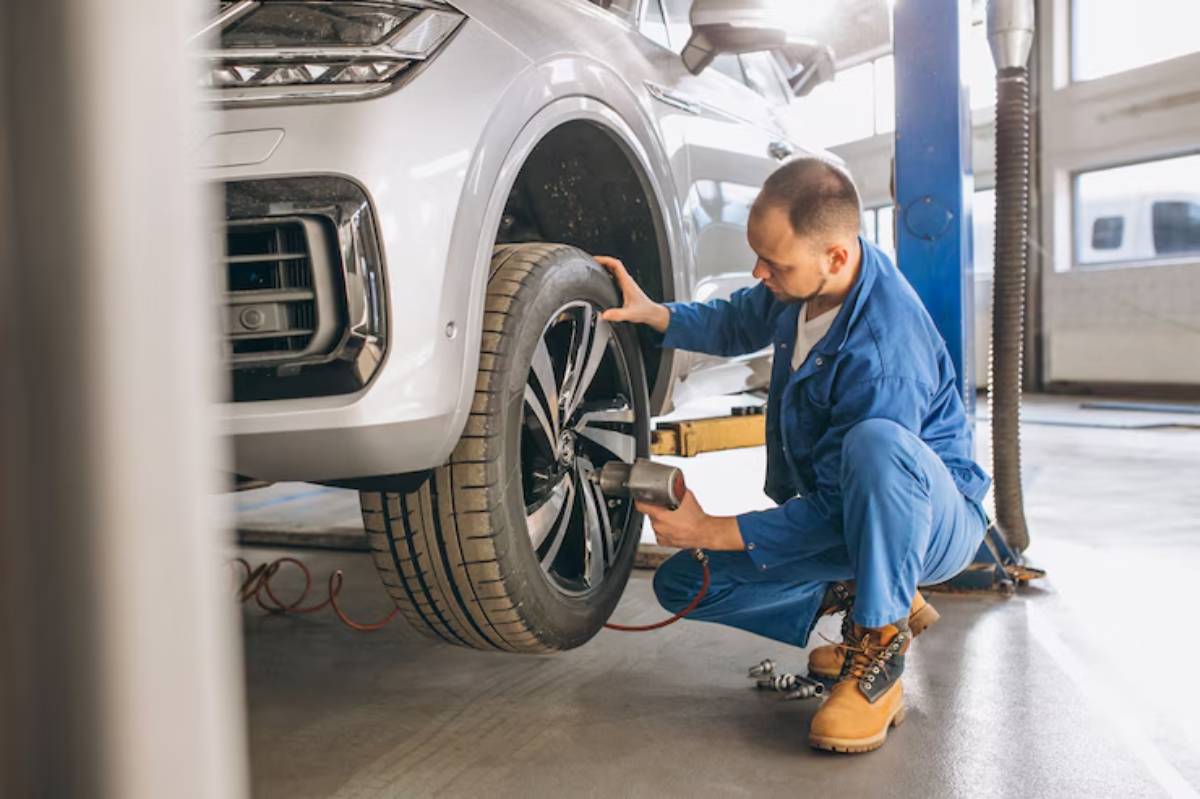
Wheel alignment may seem like a minor service, but it plays a pivotal role in your hybrid’s performance. From improving your fuel economy and extending tyre life to protecting key systems like regenerative braking, alignment isn’t just good — it’s essential.
Let’s face it: hybrids are an investment in long-term savings and sustainability. But if you’re driving with misaligned wheels, you’re quietly undercutting all those benefits.
So next time you go in for a check-up, don’t forget to ask: “How’s my alignment?”
Take action today — inspect your tyres, note how your car handles, and schedule an alignment check if needed. Your hybrid will thank you with smoother rides, lower fuel costs, and fewer repairs.
